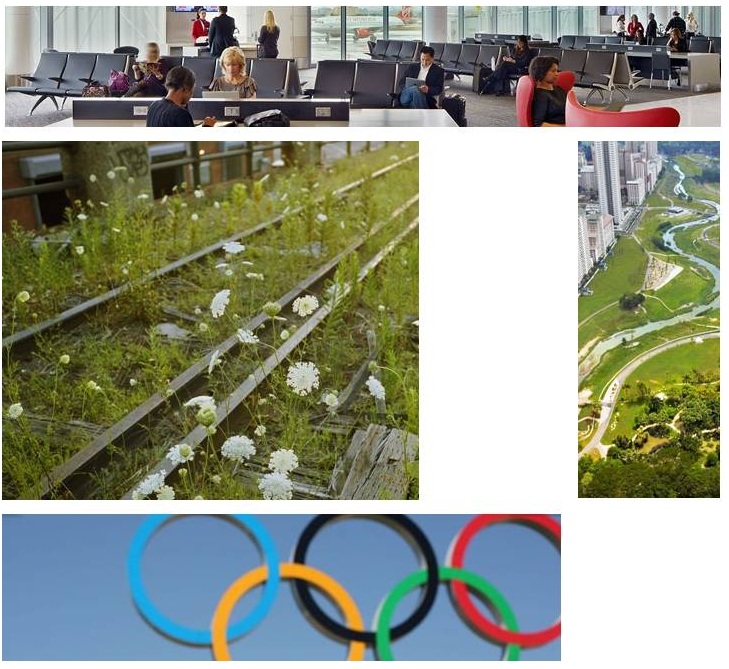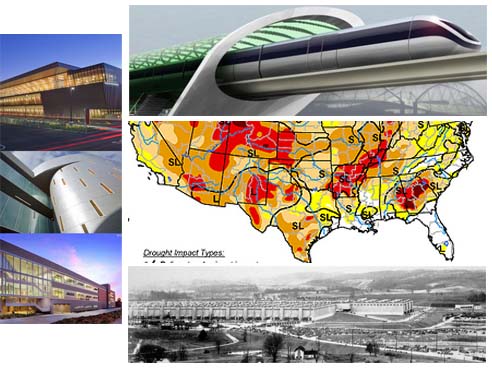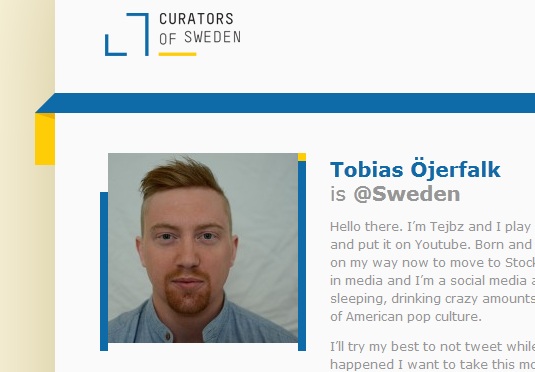 There are millions of blogs out there – more than 120 million on just Wordpress and Tumblr platforms – with this much content circulating cyberspace, getting your’s discovered is not a simple feat. A solid content-promotion strategy is just as important as the quality of the blog content itself. Luckily, there are a lot of ways to promote your blog and build your audience. Here are six ideas from me. Leave us a comment with the tips that work for you.
There are millions of blogs out there – more than 120 million on just Wordpress and Tumblr platforms – with this much content circulating cyberspace, getting your’s discovered is not a simple feat. A solid content-promotion strategy is just as important as the quality of the blog content itself. Luckily, there are a lot of ways to promote your blog and build your audience. Here are six ideas from me. Leave us a comment with the tips that work for you.
1. Make it easy for readers to come back. This may seem obvious, but if you want people to come back and read your next post, include an easy way for them to be notified when you publish. In blog platforms like Blogger, Wordpress and Tumblr you can easily add widgets for Real Simple Syndication (RSS) feeds or “subscribe to this blog” options. Also, readers who enjoy your content are likely to be connected to others who may like your content, so include social sharing options so that readers can tweet, like, + or even pin your post without having to leave the page.
2. Use keywords in your posts so that people searching for the topic you write about are more likely to find you through search engines. Search engines love blogs for their fresh content and drive the majority of traffic to blogs. In fact, many companies start their blog strictly for the purpose of search engine optimization and traffic that this can drive to the site. Don’t go crazy with keywords though. If it reads like you are writing for a search engine, your reader will probably lose patience and leave.
3. Call attention to like minded bloggers to expand your readership. This can be as simple as creating a blog roll on your site that lists links to similar blogs and influencers in your field. In the AEC world this could be blogs that inspire and inform you as well as those of your clients, your subconsultants, industry allies or even other blogs that support the same causes as you do. If you can help drive traffic to these blogs, they are more likely to promote yours. If these blogs influence you in some way, give them credit by writing about them. A feature story or even a guest post from someone you’ve done business with is likely something that they will want to promote through their own social media channels. This opens your blog up to their network of readers. Don’t know any AEC blogs? Here’s a list of influential blogs from this week’s AEC Social Media Twitter chat (#AECSM Tuesday 1pm PST).
4. Participate in other forums with a similar audience. Look for other blogs, publications, LinkedIn and Facebook groups that target the same demographic as you do. Spend some time reading these and when you have something to add or a question for the author, leave a thoughtful comment. You can also include a link to one of your blog posts when it is relevant to the topic, but be careful not to be overly self-promotional. No one likes to be spammed. Participating in other forums and contributing useful information and knowledge helps to build your reputation around the subject at hand and provides visibility for your firm and brand. If you leave a compelling, interesting comment in one of these forums, other visitors may be curious about you. Remember that the social web is a very connected space, so make sure your profile on each of these networks is up to date and includes a link back to your blog.
5. Approach the blogger, editor or community leader about writing a post for their publication or ask if they would reblog a post you’ve already written. All bloggers are hungry for good content, so if you have an essay or a point of view that is in line with their blog’s purpose they may just take you up on the offer. Not only are these opportunities good content for your social media channels, they help you gain exposure within the industry and a credible introduction to a new community. Don’t forget to include a link to your blog in your byline.
6. Tap into a blogging community. Many companies develop their own proprietary blog. The “pros” of a customized blog is consistent branding and style with the firm’s website. The “cons” of having a customized blog is that you don’t have access to the sophisticated platform that these companies have created and are continually updating. I’ve watched clients with beautiful custom blogs get frustrated when each little tweak requires a whole new change order and days or even weeks of programmers’ time just to add a simple function. The Wordpresses and Tumblers of the social web give this to you for free. Your proprietary blog won’t be a part of a community of bloggers and you won’t have the advantages that these networks provide. On Wordpress, each time I post I’m informed of a handful of similar new posts that I may be interested in – and I often am interested in these. The community of bloggers can help you activate your blog with dialog. After all, only a very small percentage of internet users are actually content producers and content producers are the ones who are more likely to leave comments or ask questions. These blog networks are serving you up a community of very active and very vocal contributors. Seek out blogs of interest within your platform, follow them and follow back the blogger that follow you. Reciprocity goes a long way.
What do you think? Are there other tactics that work for you?




